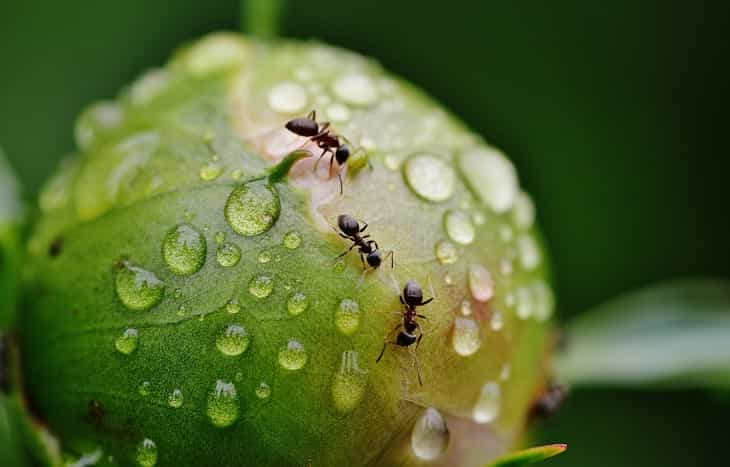Pros and Cons of Ants: Gardening Tips
Not all insects are pests - most of them just live in your garden and do their own things, so you don't always have to get rid of them.
For instance, ants can be both beneficial and damaging to your garden, so you should be careful with them.
Let's look at both the good and bad sides of having these tiny neighbors in your garden.
Soil Aeration
As ants tunnel through the soil, they help aerate it, allowing better circulation of air and water.
This can benefit the roots of plants, aiding in their growth.

Seed Dispersal
Some ant species are known to collect and disperse seeds.
This process helps with the natural distribution of plants, contributing to biodiversity in your garden.
Pest Control
Ants can act as natural pest controllers by feeding on certain insects and their eggs.
They can help keep populations of pests, like aphids or caterpillars, in check.
Nutrient Cycling
Ants play a role in the decomposition of organic matter, breaking it down into smaller particles.
This process helps release nutrients back into the soil, enriching it and supporting plant growth.
Damage to Plants
Certain ant species may cause harm to your garden by tunneling around plant roots.
This can disrupt the root system and affect the overall health of the plants.
Aphid Farming
Some ants have a symbiotic relationship with aphids, protecting them in exchange for the sweet honeydew they produce.
This farming behavior can lead to an increase in aphid populations, which can damage plants by feeding on their sap.
Nuisance Indoors
If ants establish colonies near your home, they may venture inside in search of food or water.
This can become a nuisance, particularly if they invade your kitchen or pantry.
Biting or Stinging
Certain ant species can bite or sting when they feel threatened.
This can be a concern if you or your family members are allergic to ant bites or stings.
Previously, we talked about pears.

